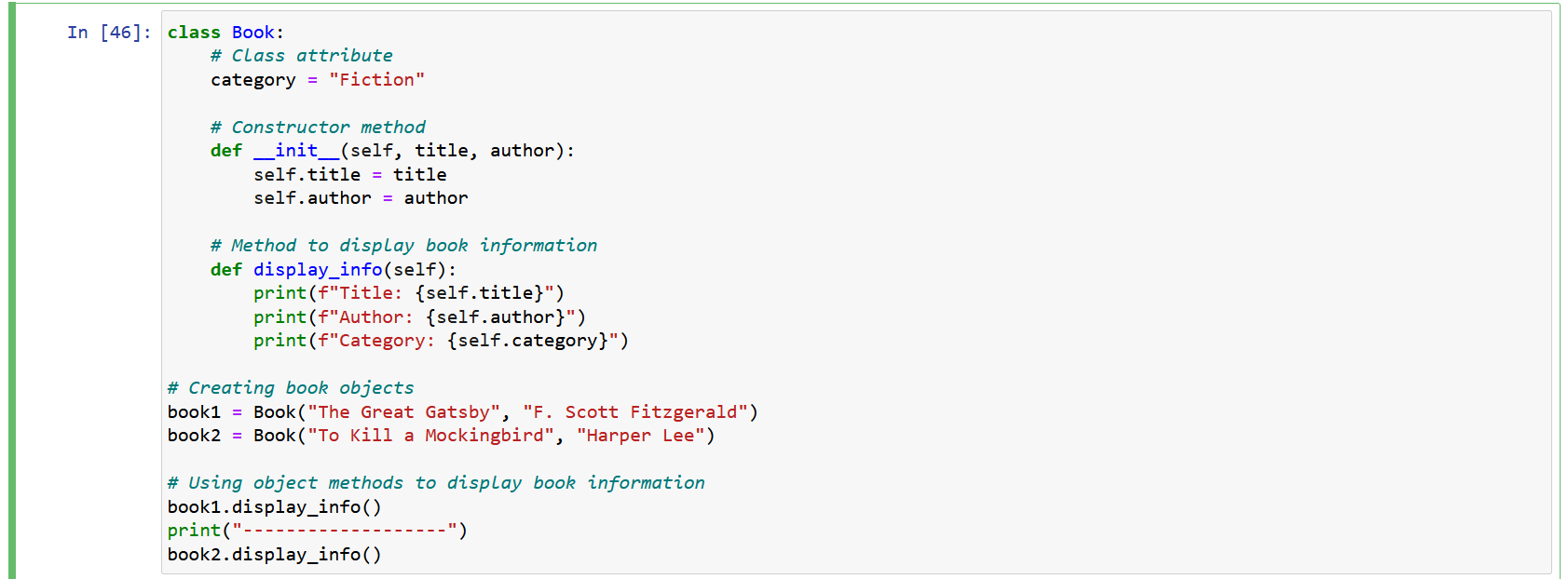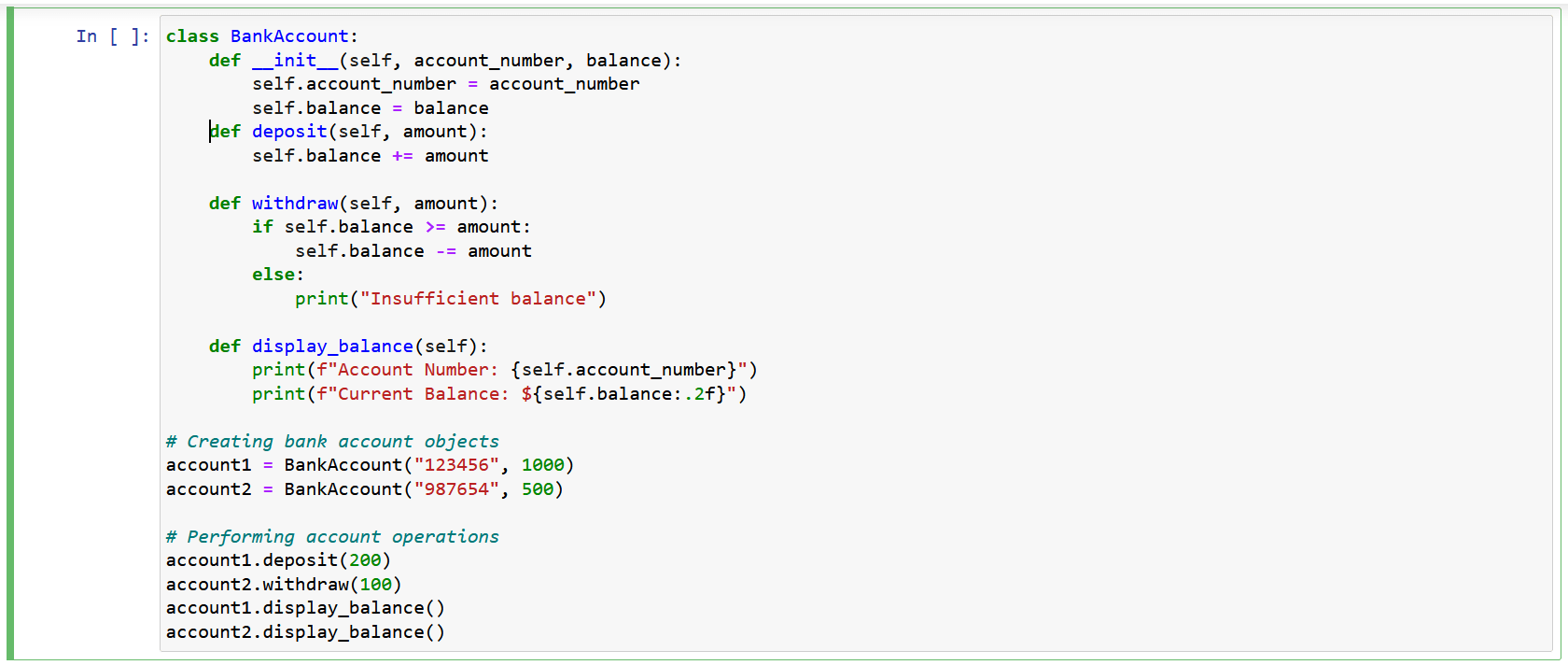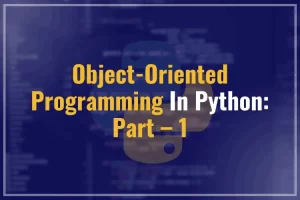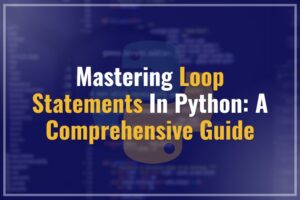When you create an object from a class, the constructor method (__init__) is automatically called. It initializes the object’s attributes using the provided arguments, if any.
Imagine you’re building a robot assembly line. Each robot you create needs certain parts to function properly. The constructor method is like the assembly line worker who puts together these parts to build a complete robot.
In Python, when you create an object from a class, the constructor method (__init__) is automatically called. This method knows how to set up the initial state of the object. It’s like a set of instructions that the assembly line worker follows to make sure the robot starts with all the necessary components in place.
Here’s how it works:
When you create an object from a class (like making a new robot), Python looks for the __init__ method inside the class definition.
If the __init__ method expects some information (like the type of robot or its color), you provide that information when you create the object. These pieces of information are called “arguments.”
The __init__ method takes the provided arguments and sets up the object’s attributes (parts of the robot) accordingly. It ensures that the object starts with the correct values for its attributes.
So, just like the assembly line worker makes sure each robot starts with the right parts, the constructor method ensures each object starts with the right attributes. This way, when you create an object, it’s already set up with the data it needs to function properly.
Remember, the constructor method is there to help you create objects with the correct initial state. It’s an essential part of OOP that makes working with objects in Python much easier and more organized.
Defining the __init__ Method:
To define the __init__ method, include it within your class definition. It takes at least one argument (self), which refers to the instance being created, followed by any additional arguments you want to provide during object creation.




































